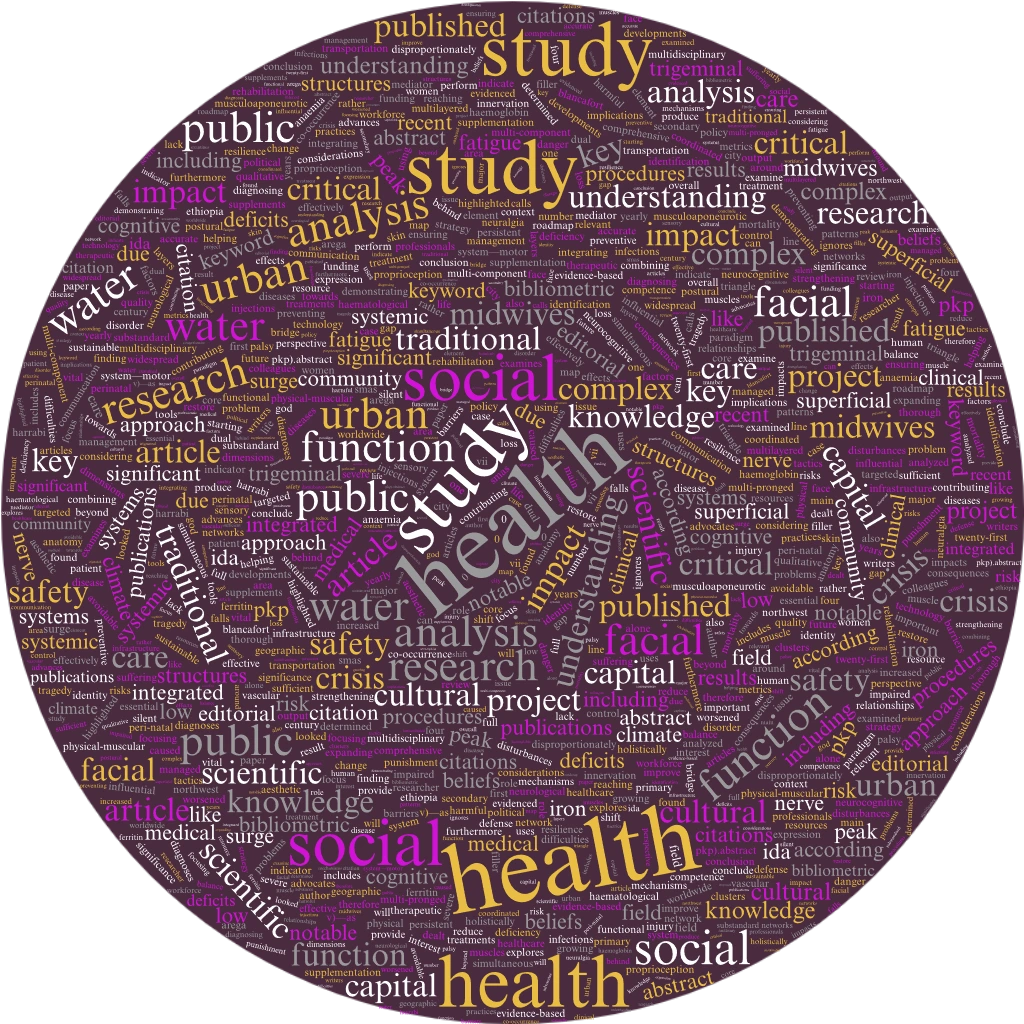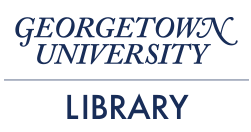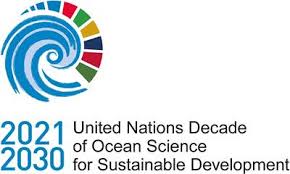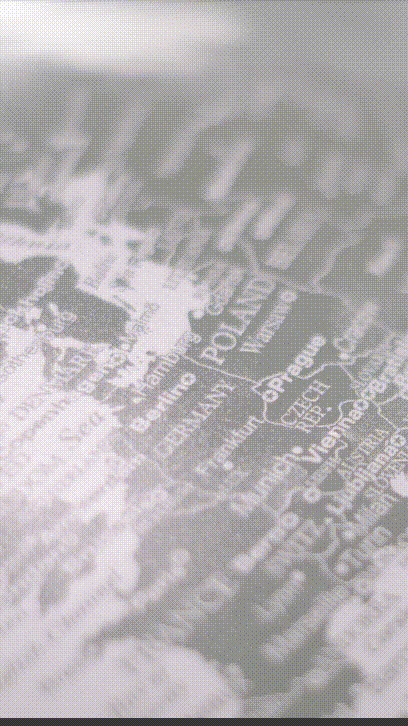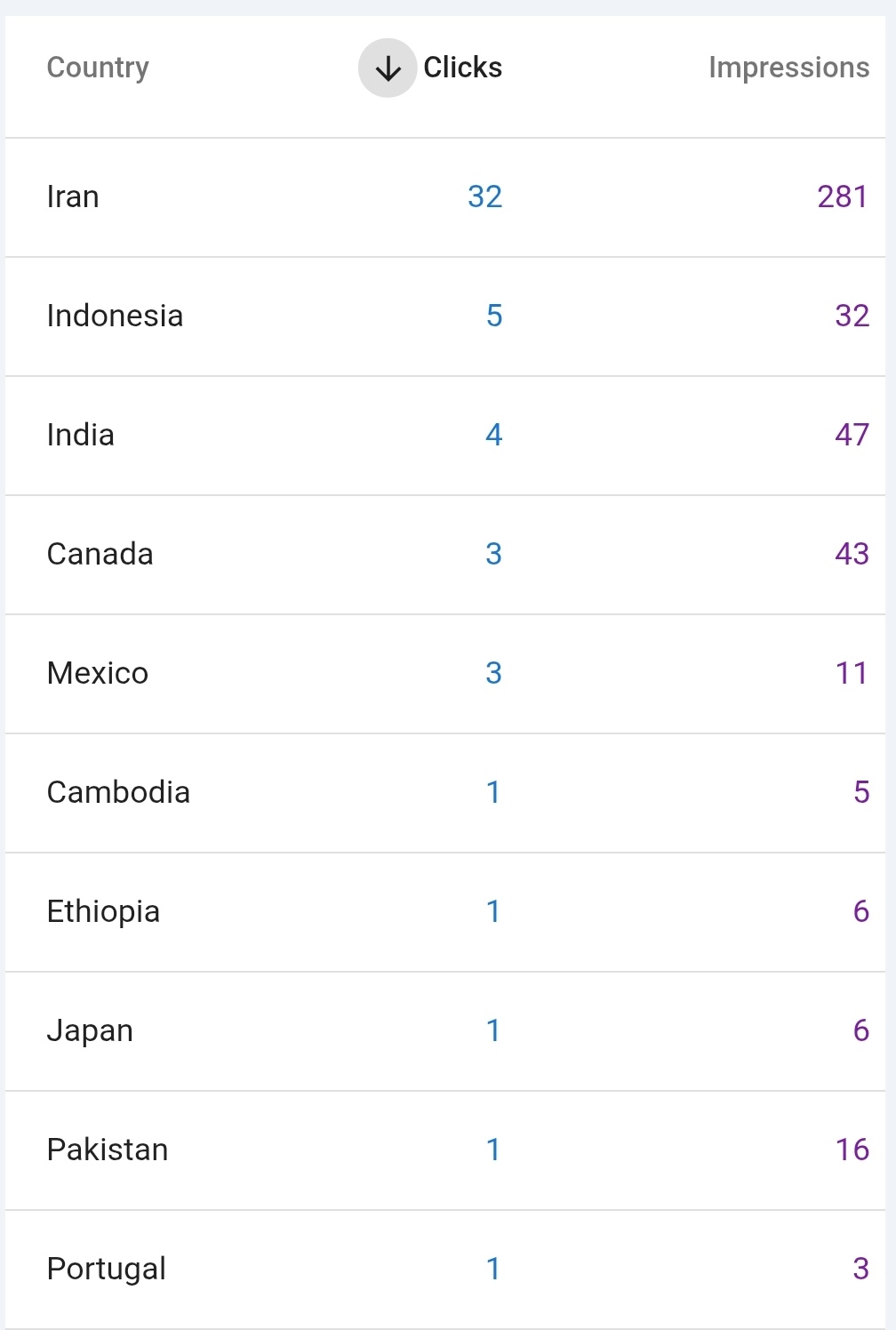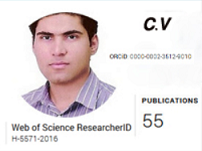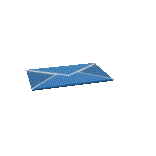Facial Anatomy and Its Importance in Health: A Practical Guide for Diagnosis, Prevention, and Treatment
A Guide to Applied Facial Anatomy
DOI:
https://doi.org/10.1000/zp7e3717کلمات کلیدی:
Clinical Anatomy, Disease Prevention, Skin Health, Procedural Safety, Bell's Palsy, Trigeminal Neuralgia, Facial Nerve (CN VII), Trigeminal Nerve (CN V), and Facial Health.چکیده
ABSTRACT. The human face, a key indicator of overall health, is a complex and coordinated network of multilayered structures vital for function, identity, and communication. This review article examines facial anatomy from an integrated health perspective, demonstrating how a thorough understanding of its structures is critical for diagnosing diseases, preventing injury, and ensuring the safety of clinical procedures. It explores the superficial layers and the Superficial Musculoaponeurotic System (SMAS) as the first line of defense, the muscles of facial expression as tools for functional health, and the dual innervation system—motor (Facial Nerve, CN VII) and sensory (Trigeminal Nerve, CN V)—as a roadmap to neurological health. Key health implications such as facial palsy, trigeminal neuralgia, and skin infections are analyzed. Furthermore, critical health and safety considerations in medical and aesthetic procedures, including the vascular risks of filler injections and the significance of the "danger triangle," are highlighted. A comprehensive understanding of these relationships is essential for healthcare professionals to provide accurate diagnoses, effective treatments, and preventive care.
دانلودها
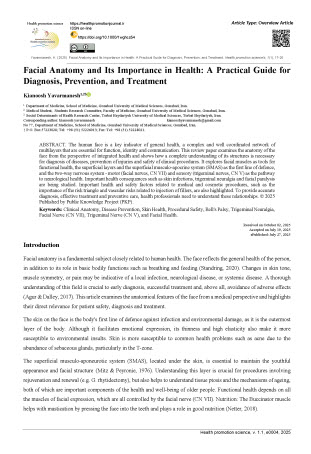
دانلود
چاپ شده
شماره
نوع مقاله
مجوز
حق نشر 2025 Creative Commons Attribution-NonCommercial 4.0 International License

این پروژه تحت مجوز بین المللی Creative Commons Attribution-NonCommercial-NoDerivatives 4.0 می باشد.
This open-access journal is published under the terms of the Creative Commons Attribution-NonCommercial 4.0 International License which permits Share (copy and redistribute the material in any medium or format) and Adapt (remix, transform, and build upon the material) under the Attribution-NonCommercial term








